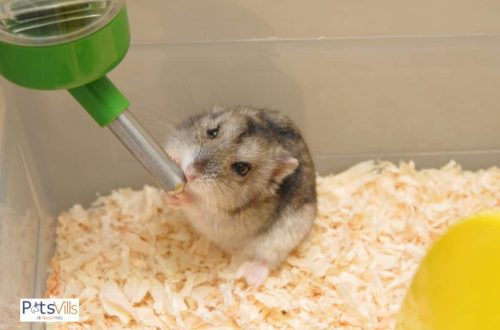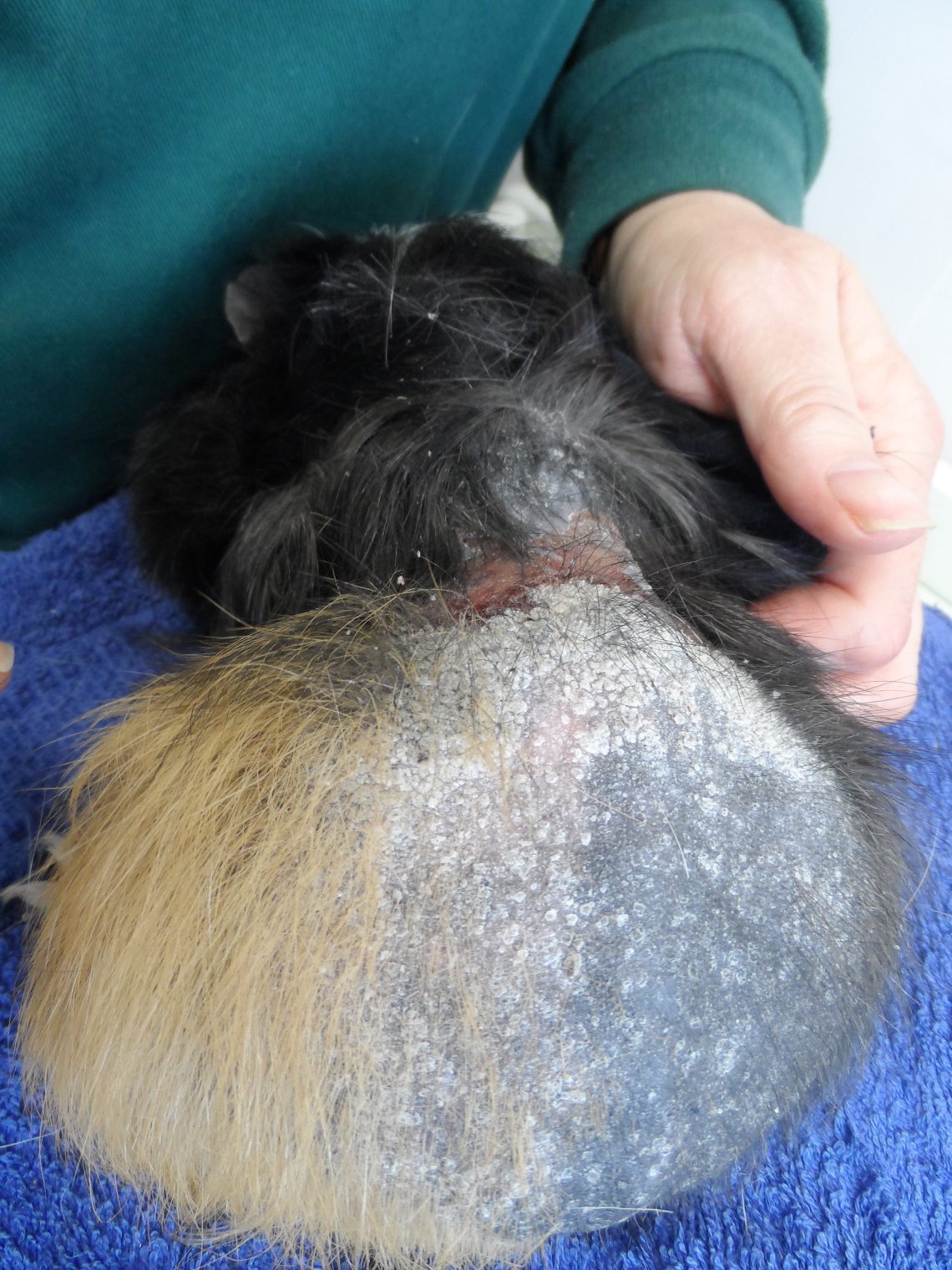
Skin diseases in guinea pigs
Contents
Alopecia (baldness) in guinea pigs
Baldness in guinea pigs is, as a rule, a consequence of infection with ectoparasites – withers or mites. In this case, in the absence of timely treatment, the mumps can lose most of the hair.
Alopecia without itching can be general or appear only in certain areas of the body. In guinea pigs, it occurs at any age. Baldness of body parts can be the result of a stressful situation, as well as keeping two males together or a large number of guinea pigs in a small space. Possible therapy is to eliminate these causes.
Another form of alopecia is when animals eat their fur. If they are not yet completely bald and their skin looks eaten, it is not difficult to establish a diagnosis. From the owners’ stories, it most often turns out that the animals did not receive enough hay; reduced raw fiber content. The only necessary therapy is an increase in the hay diet.
There is a form of baldness that occurs only in females. Hair loss on both sides is caused by an ovarian cyst. Therapy consists in sterilization of affected animals.
Baldness in guinea pigs is, as a rule, a consequence of infection with ectoparasites – withers or mites. In this case, in the absence of timely treatment, the mumps can lose most of the hair.
Alopecia without itching can be general or appear only in certain areas of the body. In guinea pigs, it occurs at any age. Baldness of body parts can be the result of a stressful situation, as well as keeping two males together or a large number of guinea pigs in a small space. Possible therapy is to eliminate these causes.
Another form of alopecia is when animals eat their fur. If they are not yet completely bald and their skin looks eaten, it is not difficult to establish a diagnosis. From the owners’ stories, it most often turns out that the animals did not receive enough hay; reduced raw fiber content. The only necessary therapy is an increase in the hay diet.
There is a form of baldness that occurs only in females. Hair loss on both sides is caused by an ovarian cyst. Therapy consists in sterilization of affected animals.
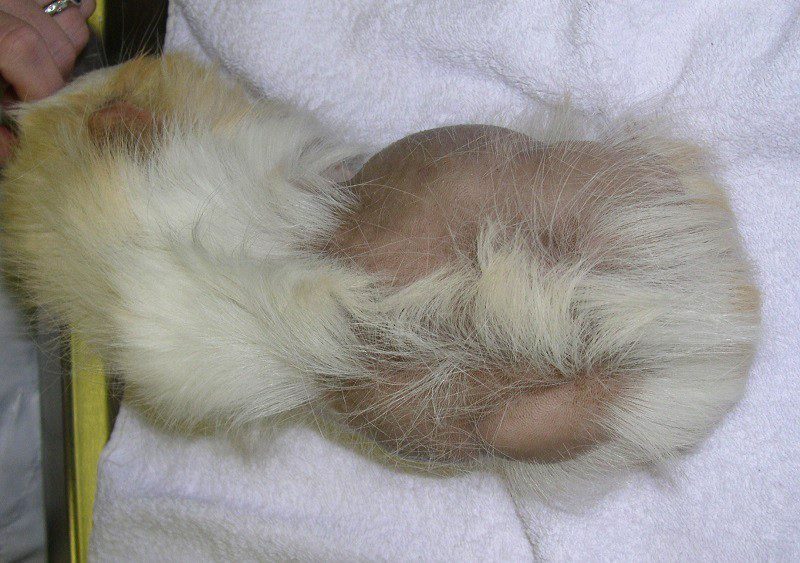
Withers and lice in guinea pigs
Vlas-eaters and lice are among the few ectoparasites found in guinea pigs.
Symptoms of the disease and remedies for the treatment of lice – in the article “Lice in a guinea pig”
About Vlas-eaters and ways to deal with it and – in the article “Vlas-eaters in a guinea pig”
Vlas-eaters and lice are among the few ectoparasites found in guinea pigs.
Symptoms of the disease and remedies for the treatment of lice – in the article “Lice in a guinea pig”
About Vlas-eaters and ways to deal with it and – in the article “Vlas-eaters in a guinea pig”
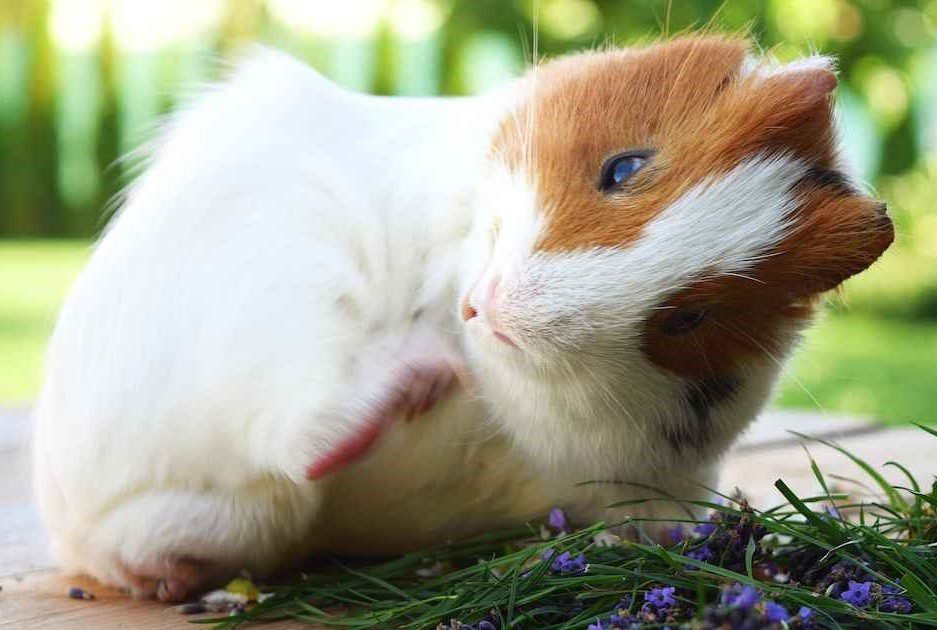
Ticks in guinea pigs
Ticks are a common ectoparasite in guinea pigs. Symptoms of the disease and methods of treatment are described in the article “Tick in guinea pigs”
Ticks are a common ectoparasite in guinea pigs. Symptoms of the disease and methods of treatment are described in the article “Tick in guinea pigs”
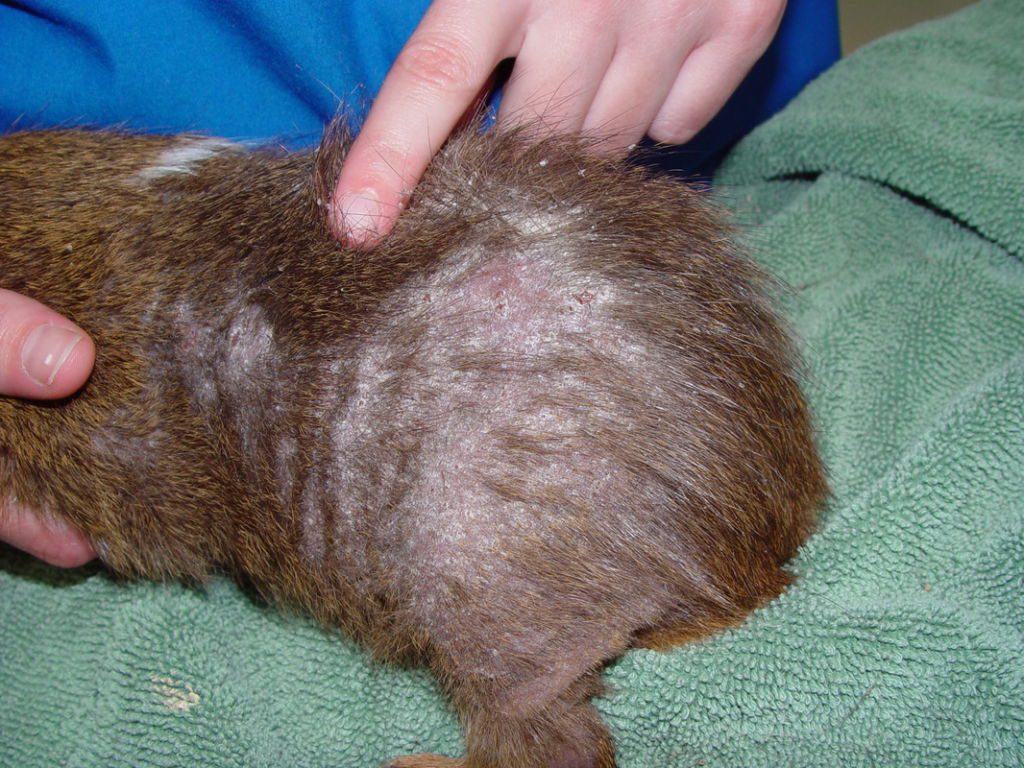
Fleas in guinea pigs
Sometimes guinea pigs can be found with dog fleas, especially if a dog or cat lives in the house, which is the source of infection. If fleas are found in a cat or dog, then guinea pigs must also be treated. Guinea pigs can also be affected by human fleas.
Sometimes guinea pigs can be found with dog fleas, especially if a dog or cat lives in the house, which is the source of infection. If fleas are found in a cat or dog, then guinea pigs must also be treated. Guinea pigs can also be affected by human fleas.
Ixodid ticks in guinea pigs
Outdoor guinea pigs, like cats, dogs or humans, can sometimes be infested with ixodes ricinus ticks. This is the most dangerous type of tick, as these small bloodsuckers are carriers of tick-borne encephalitis and tick-borne borreliosis (Lyme disease).
A sucked tick must be correctly removed (unscrewed) from the body of the animal. To do this, put your index finger on the tick and rotate the body of the insect with your index finger around its axis until it falls out. Then disinfect the bite site.
Outdoor guinea pigs, like cats, dogs or humans, can sometimes be infested with ixodes ricinus ticks. This is the most dangerous type of tick, as these small bloodsuckers are carriers of tick-borne encephalitis and tick-borne borreliosis (Lyme disease).
A sucked tick must be correctly removed (unscrewed) from the body of the animal. To do this, put your index finger on the tick and rotate the body of the insect with your index finger around its axis until it falls out. Then disinfect the bite site.
Dermatomycosis in guinea pigs
Guinea pigs are often affected by fungal diseases, which creates a risk of human infection.
Various types of microspores have been found in guinea pigs, such as Microsporum audine, M.canis, M.fulvum, M.gypseum, M.distortum, M.mentagrophytes. Diagnosis of microsporia is carried out using an ultraviolet lamp. When lighting animals in a darkened room, the affected hair glows green.
If a disease is detected, the guinea pig should be treated with antifungal antibiotics (antimycotics) at the dosage prescribed by the veterinarian. Usually such drugs are administered intramuscularly, less often orally. There are drugs in the form of sprays.
Fungal diseases are diseases that occur under the influence of external factors. During this period, pay attention to proper nutrition, hygiene and cleanliness. Perhaps the conditions for keeping animals should be changed.
Guinea pigs are often affected by fungal diseases, which creates a risk of human infection.
Various types of microspores have been found in guinea pigs, such as Microsporum audine, M.canis, M.fulvum, M.gypseum, M.distortum, M.mentagrophytes. Diagnosis of microsporia is carried out using an ultraviolet lamp. When lighting animals in a darkened room, the affected hair glows green.
If a disease is detected, the guinea pig should be treated with antifungal antibiotics (antimycotics) at the dosage prescribed by the veterinarian. Usually such drugs are administered intramuscularly, less often orally. There are drugs in the form of sprays.
Fungal diseases are diseases that occur under the influence of external factors. During this period, pay attention to proper nutrition, hygiene and cleanliness. Perhaps the conditions for keeping animals should be changed.
Pododermatitis in guinea pigs
Pododermatitis is a bacterial infection that causes sores on the paw pads of guinea pigs.
The infection is usually caused by poor housing conditions, so this disease is much more common in animals living in captivity. Guinea pigs in the wild do not get pododermatitis.
The disease is caused by bacteria, namely strains of Staphylococcus, Pseudomonas and Escherichia coli (E. coli), with S. aureus being the most common cause of infection.
Pododermatitis is a bacterial infection that causes sores on the paw pads of guinea pigs.
The infection is usually caused by poor housing conditions, so this disease is much more common in animals living in captivity. Guinea pigs in the wild do not get pododermatitis.
The disease is caused by bacteria, namely strains of Staphylococcus, Pseudomonas and Escherichia coli (E. coli), with S. aureus being the most common cause of infection.
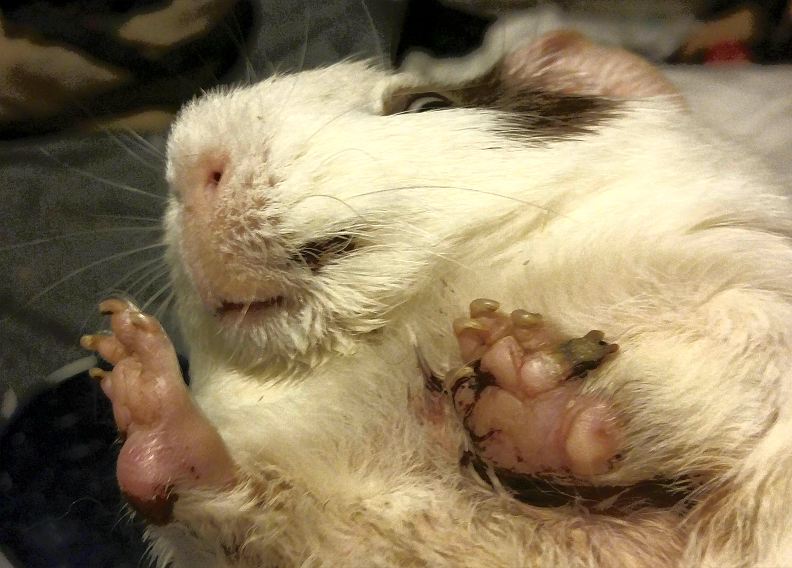
Antibiotics (orally or intramuscularly) are used to treat pododermatitis in guinea pigs, and antiseptics are used to treat abscesses.
If the infection is not adequately treated, the guinea pig may die.
Antibiotics (orally or intramuscularly) are used to treat pododermatitis in guinea pigs, and antiseptics are used to treat abscesses.
If the infection is not adequately treated, the guinea pig may die.




